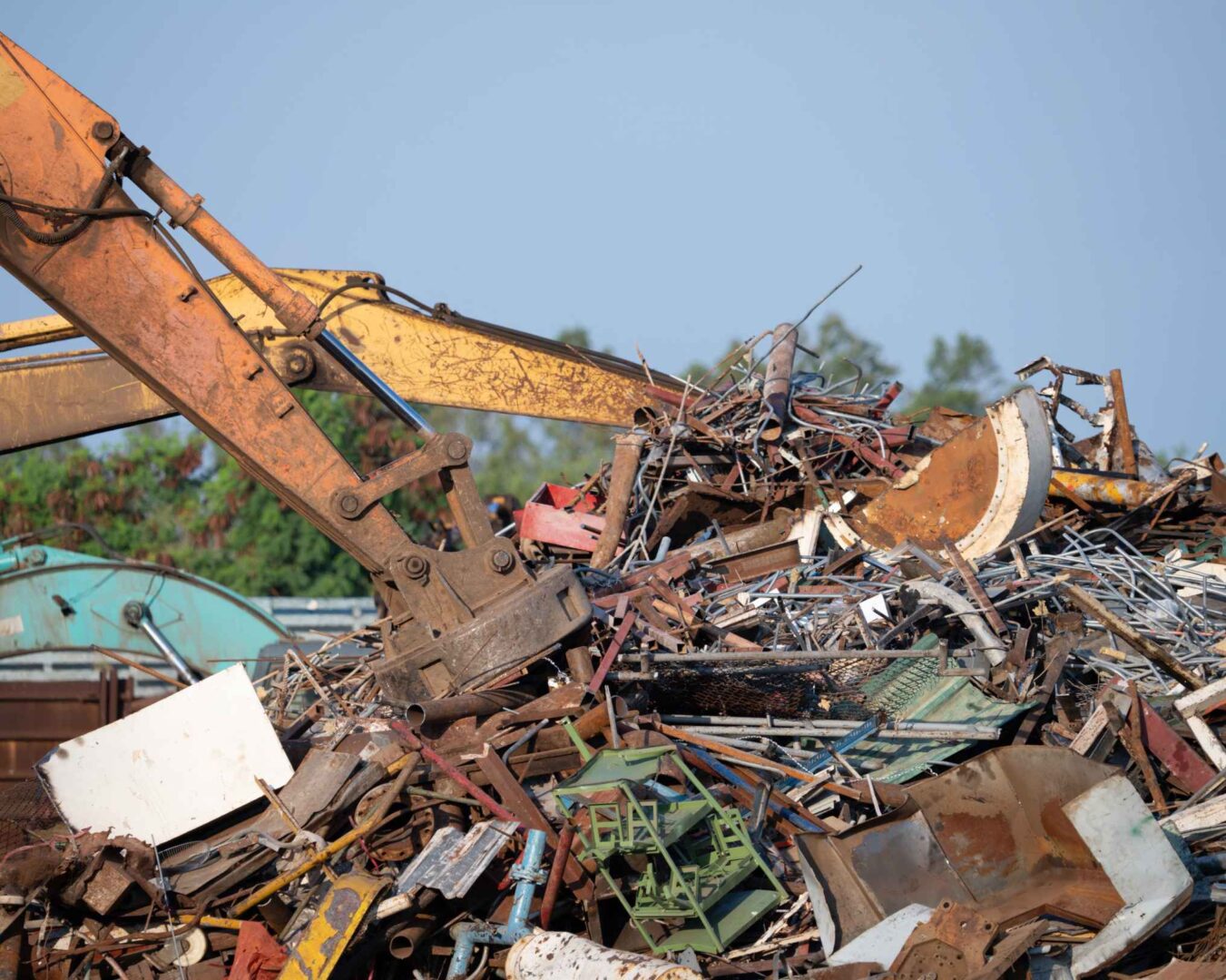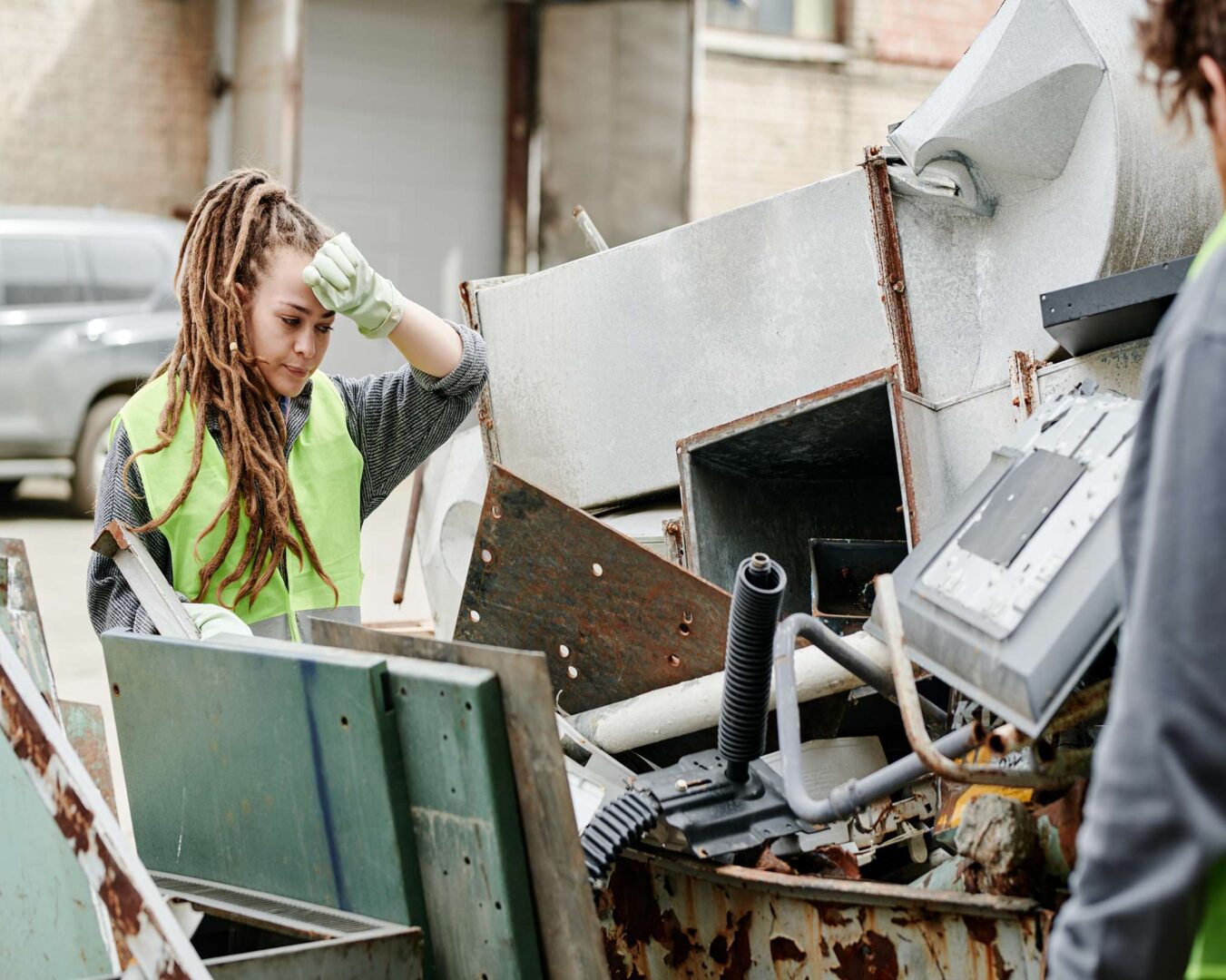The COVID-19 pandemic brought to the forefront the critical role of PPE (Personal Protective Equipment) in safeguarding frontline workers. But as the dust settles, a new challenge emerges: the responsible PPE disposal of billions of items.
A study from Baylor College of Medicine highlighted the environmental implications of disposable PPE, emphasizing the urgent need for sustainable solutions. This article will guide you through the correct procedure for PPE disposal, focusing on the innovative approach of beneficial reuse.
Table of Contents
The Environmental Impact of Traditional PPE Disposal
The sudden surge in the use of personal protective equipment (PPE) during the COVID-19 pandemic has had profound environmental implications. While PPE has been instrumental in safeguarding countless lives, its environmental footprint is undeniable.
According to a detailed report from Environmental Protection Online, the UK’s National Health Service (NHS) utilized a staggering 748 million items of PPE in just 53 days during the early stages of the pandemic.
This translates to 14 million pieces of equipment discarded daily. By the end of 2020, England alone had distributed 6.76 billion items of PPE, a significant rise from the 2.43 billion in 2019.
Such massive consumption and disposal of PPE have led to environmental challenges. Wuhan, where the outbreak is believed to have originated, witnessed a 370% increase in medical waste production.
Similarly, Catalonia in Spain reported a 350% rise by April 2020. This sudden influx of PPE waste has had detrimental effects on the environment, with British beaches reporting that up to 69% of all discarded waste was PPE.
Navigating Through the PPE Waste Crisis
The PPE waste crisis has not only impacted the environment but also strained waste management systems globally.
The surge in PPE usage has led to a parallel increase in non-recyclable waste, challenging existing waste management infrastructures and necessitating innovative solutions.
- Innovation in Disposal: Some countries have adopted novel approaches to manage the surge, such as deploying mobile treatment plants and utilizing alternative treatment technologies.
- Global Collaboration: Addressing the PPE waste crisis requires a collective effort, where nations share knowledge, strategies, and technologies to innovate disposal methods and minimize environmental impact.
The Problem with Traditional PPE Disposal Methods
Traditional PPE disposal methods have been overwhelmed by the sheer volume of waste. In Wuhan, on a single day in February 2020, the city generated 200 tons of medical waste, nearly four times the capacity of its only medical waste disposal facility.
Such excess waste is not an isolated issue. Jordan’s King Abdullah University Hospital highlighted a steady increase in PPE waste during the pandemic’s peak.
The environmental repercussions of this waste are alarming. British beaches, for instance, were severely affected. In November 2020, up to a third of them were littered with discarded PPE. Source To Sea Litter Quest found that 69% of all discarded waste on British beaches was PPE.
The Hidden Costs of PPE Pollution
PPE pollution extends beyond visible litter, permeating ecosystems and potentially disrupting wildlife and human health.
- Microplastic Menace: Discarded PPE, primarily made of polypropylene, breaks down into microplastics, which can infiltrate ecosystems, impacting species and potentially entering human food chains.
- Wildlife Distress: Animals can become entangled in PPE items, such as masks, or ingest them, leading to harmful consequences and even fatalities.
The Solution: Beneficial Reuse through Community Donations
While the environmental challenges posed by PPE waste are significant, there are sustainable solutions on the horizon. Beneficial reuse stands out as a beacon of hope.
Instead of discarding PPE, we advocate for its donation to communities in need. This not only reduces environmental waste but also supports vulnerable populations.
Happen Ventures: Leading the Way in Beneficial Reuse
Happen Ventures has emerged as a frontrunner in addressing the PPE waste challenge by championing the cause of beneficial reuse. Their unique approach not only mitigates the environmental impact of PPE waste but also serves communities in need.
- Customized Disposal Plans: Happen Ventures begins by assessing individual company needs, ensuring a tailored solution that aligns with specific requirements.
- Safety First: Focusing on safety, they stringently collect PPE, handling every item with utmost care.
- Sustainable Transportation: They transport PPE items to specialized facilities, ensuring no leakage or mishaps during transit.
- Community-Centric Distribution: Leveraging their vast network, Happen Ventures identifies deserving communities and ensures that the PPE reaches those who need it the most.
- Regulatory Adherence: With Happen Ventures, companies can rest easy knowing that all PPE products are disposed of in line with regulatory standards, ensuring compliance and peace of mind.
- Brand Enhancement: By partnering with Happen Ventures, businesses can showcase their commitment to sustainability and responsible waste management, enhancing their brand image and ESG score.
Happen Ventures’ commitment to beneficial reuse not only offers an environmentally responsible solution but also provides an opportunity for businesses to give back to the community, ensuring that PPE serves a purpose beyond its initial use.
Why Beneficial Reuse is the Future
Beneficial reuse is not just an environmentally-friendly alternative, it’s a necessity for our planet’s future. The traditional disposal methods are unsustainable, especially with the increasing reliance on PPE.
By donating used PPE to communities, we can reduce waste and support those in need. It’s a win-win solution.
How Beneficial Reuse Works
The process of beneficial reuse is straightforward. Instead of discarding used PPE, they collect, sanitize, and repurpose it for communities in need.
This approach not only reduces the environmental footprint of PPE waste but also provides essential protective equipment to those who might not have access to it.
The Impact of Beneficial Reuse
The impact of beneficial reuse is twofold. Environmentally, it significantly reduces the amount of PPE waste that ends up in landfills or pollutes our natural landscapes.
Socially, it provides essential protective equipment to communities in need, ensuring that everyone, regardless of their economic status, has access to the tools they need to stay safe.
Conclusion
The environmental challenges posed by PPE waste are undeniable. However, with innovative solutions like beneficial reuse, we can address these challenges head-on. By donating used PPE to communities in need, we can reduce environmental waste and support vulnerable populations. It’s a sustainable solution for a pressing problem.





